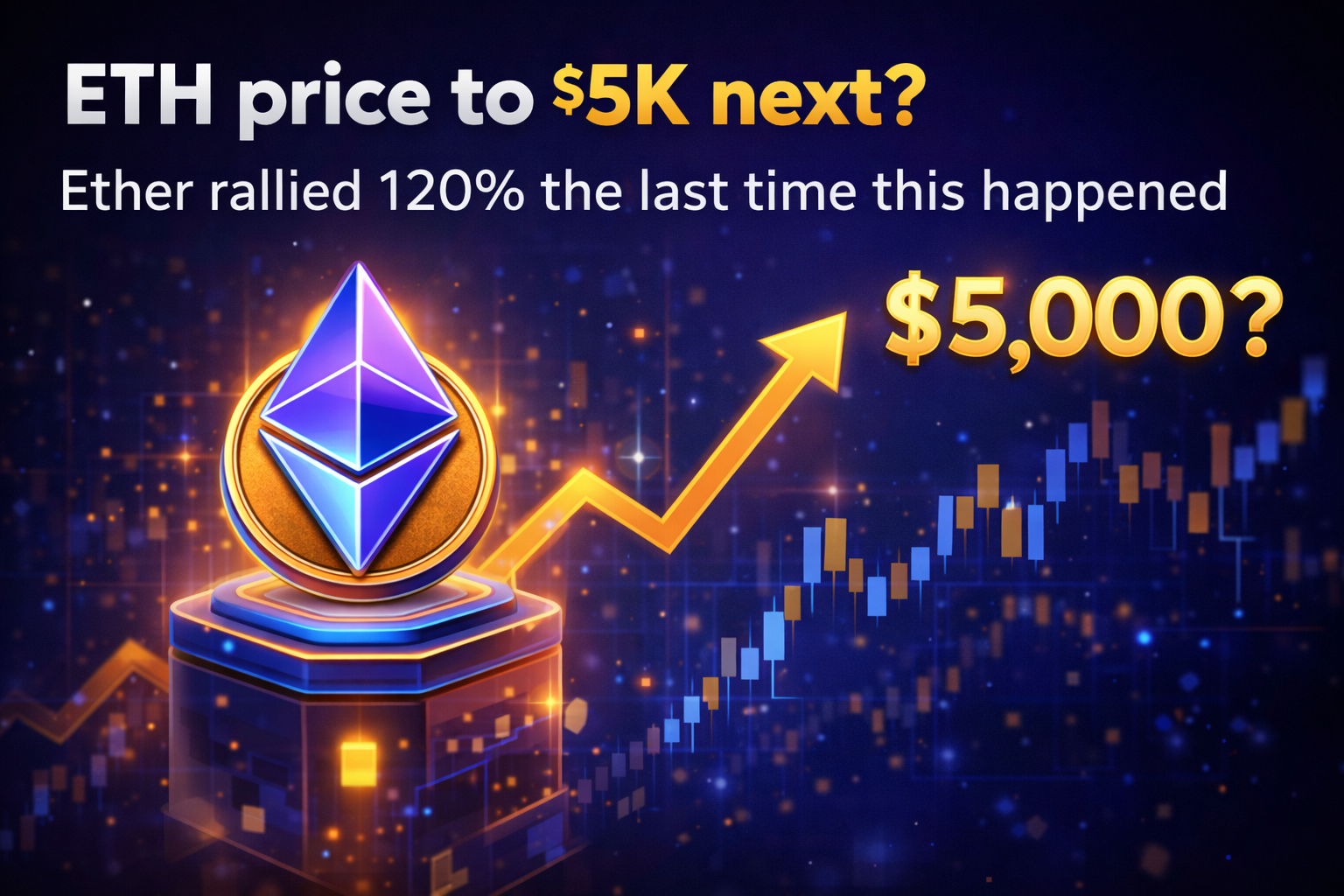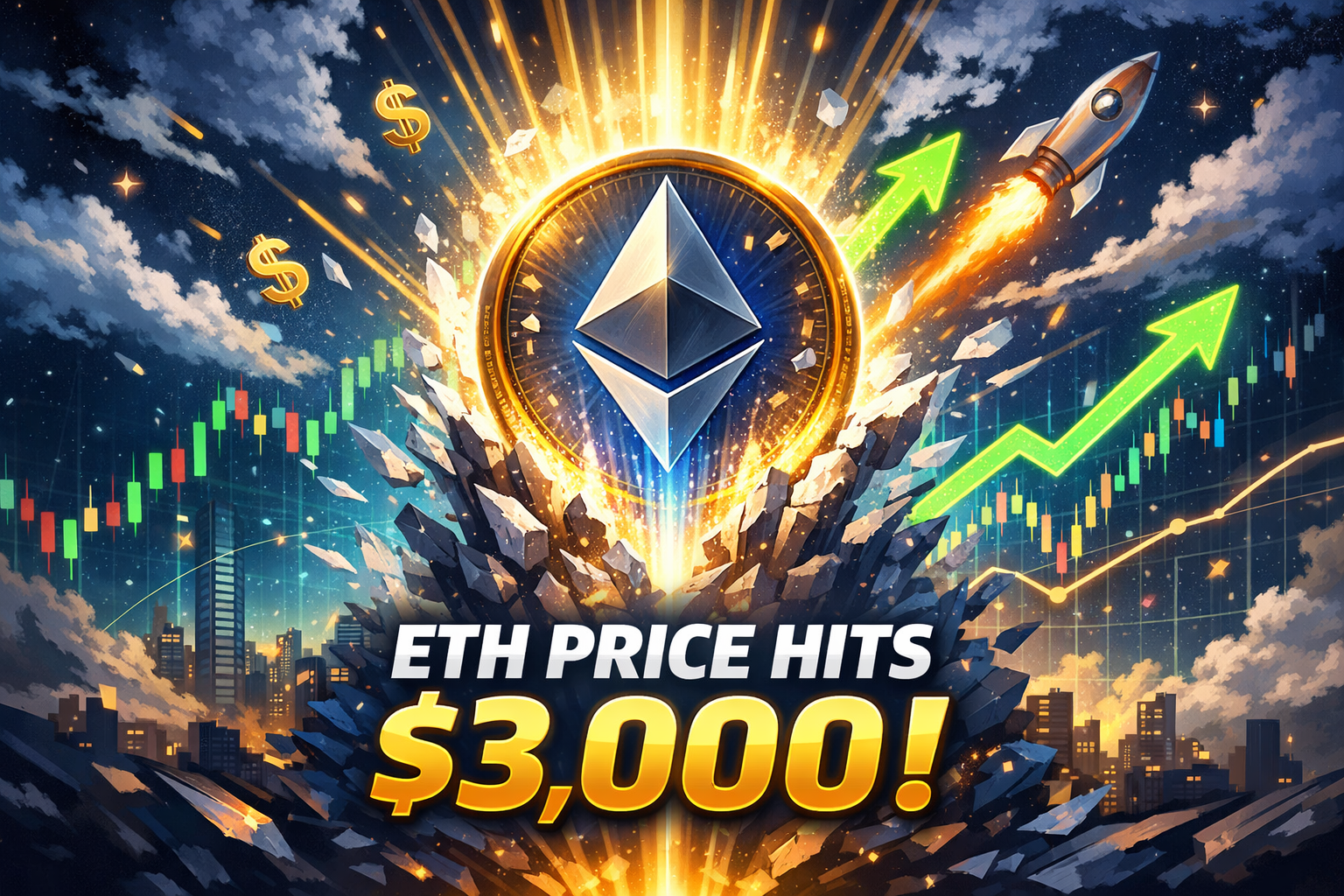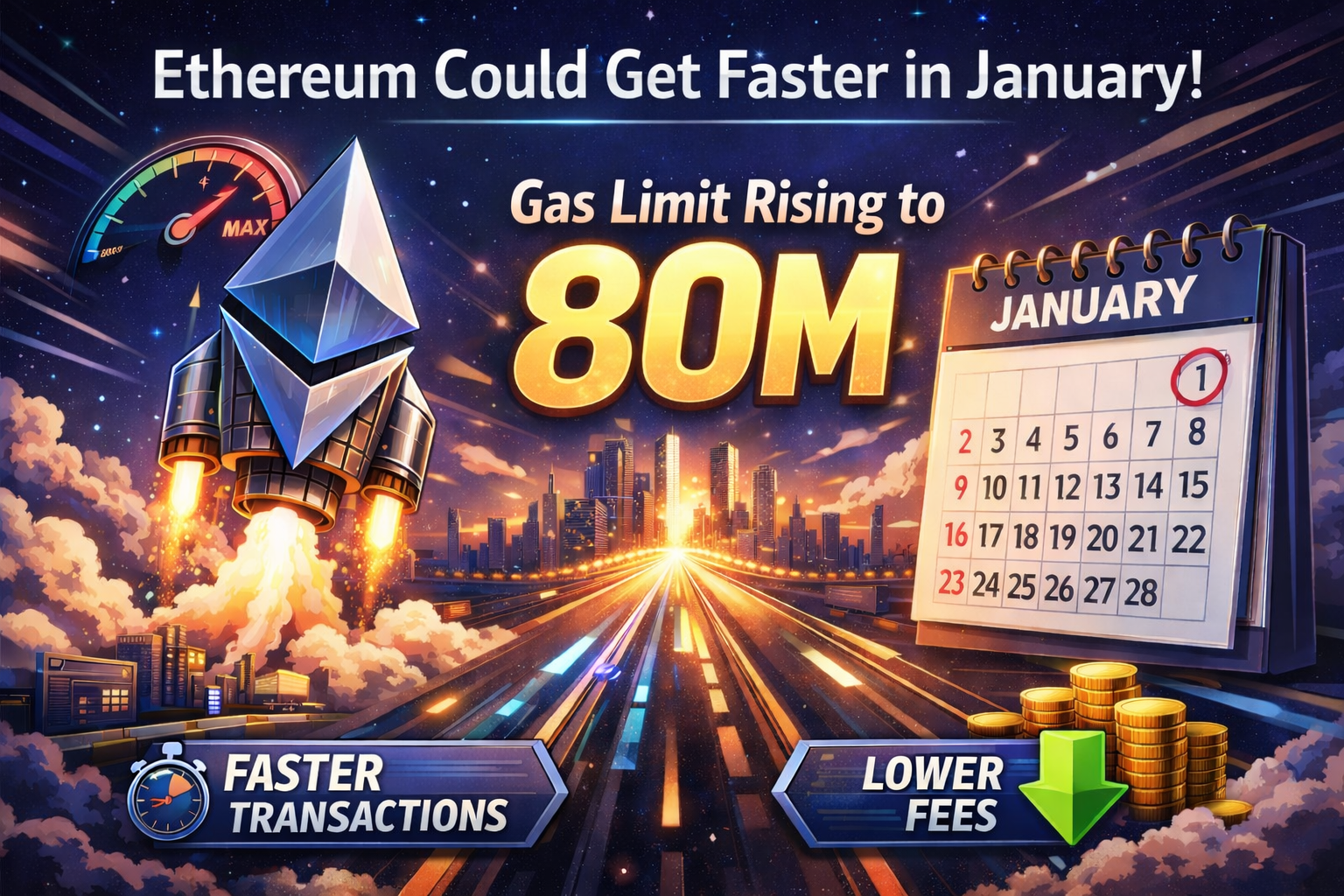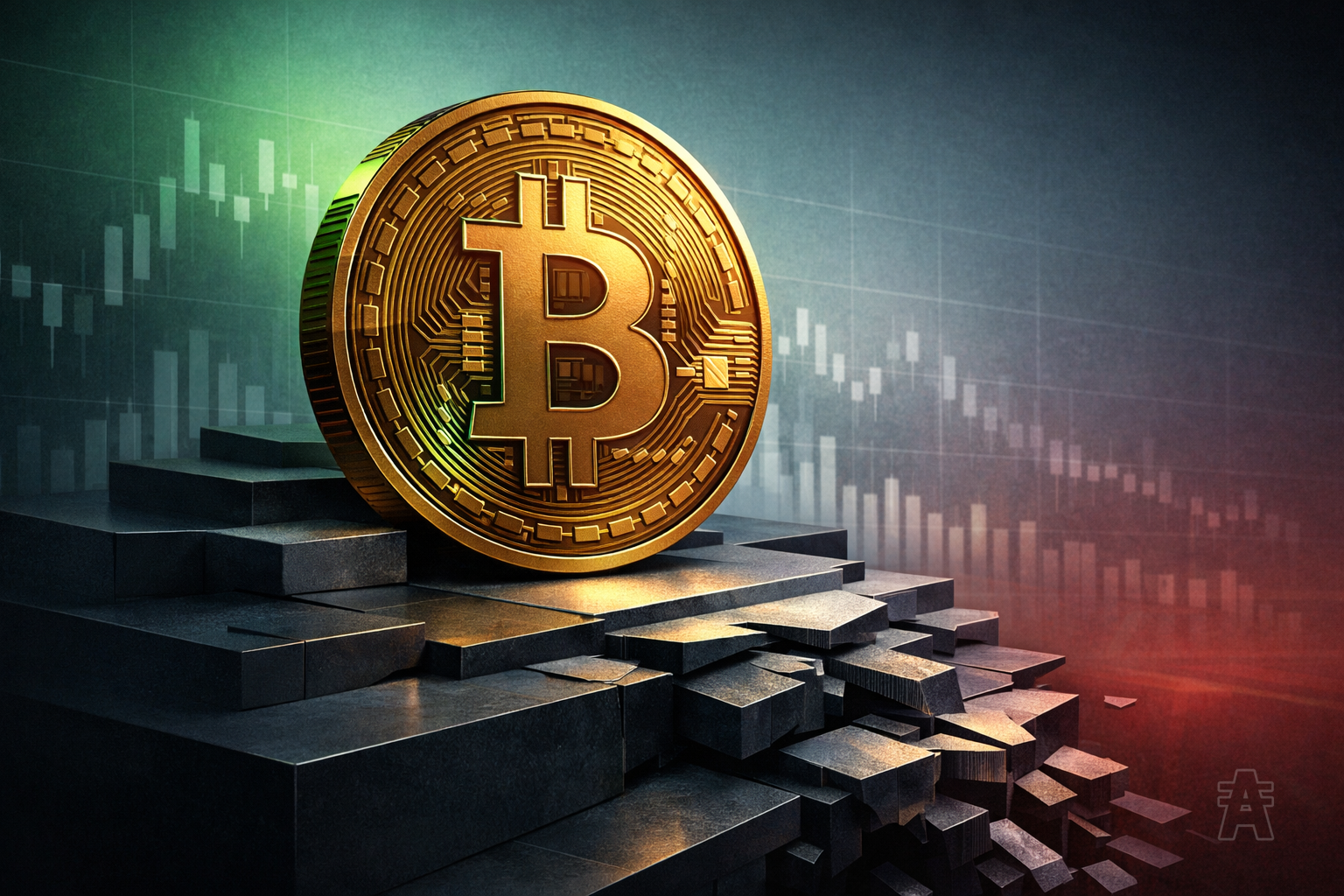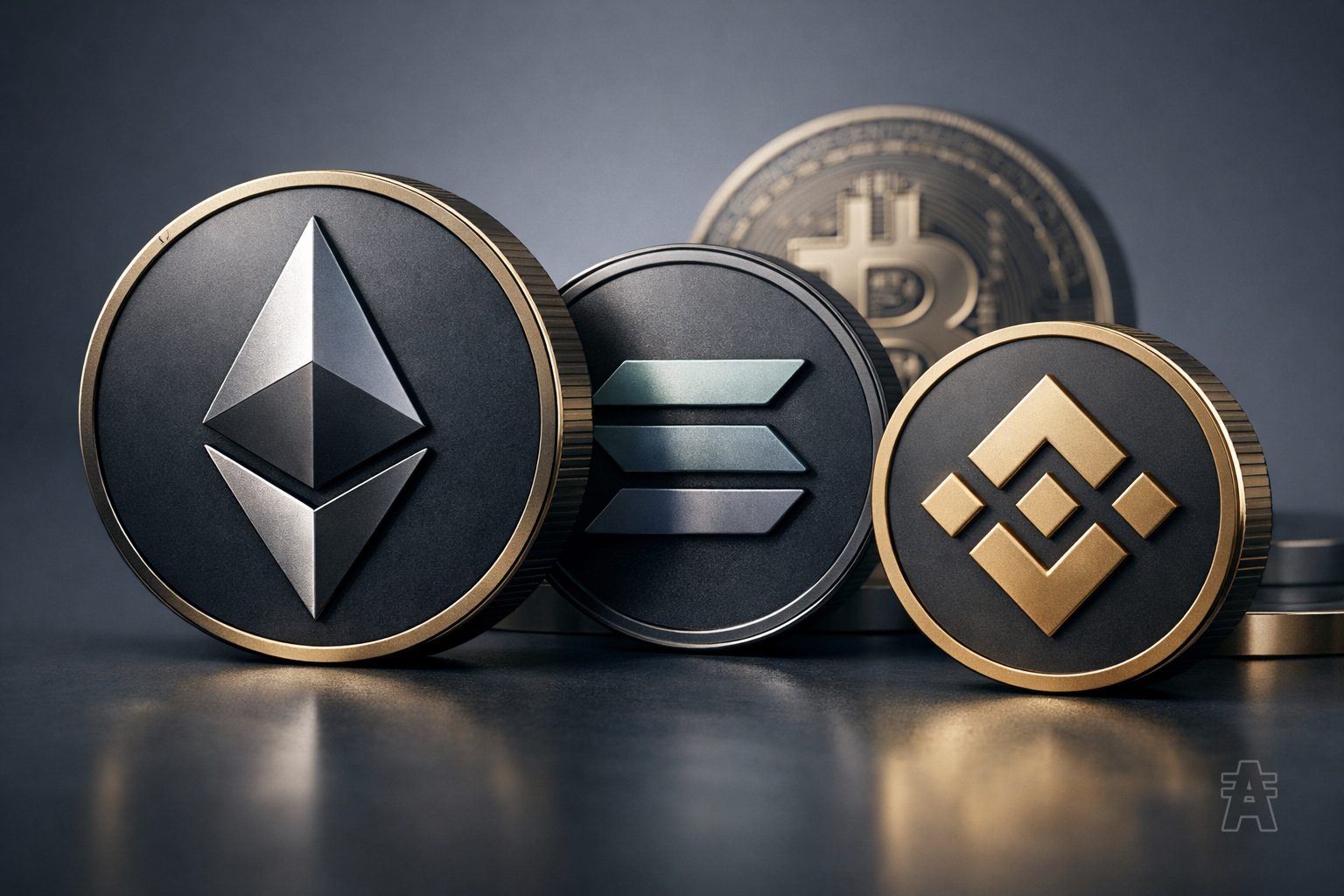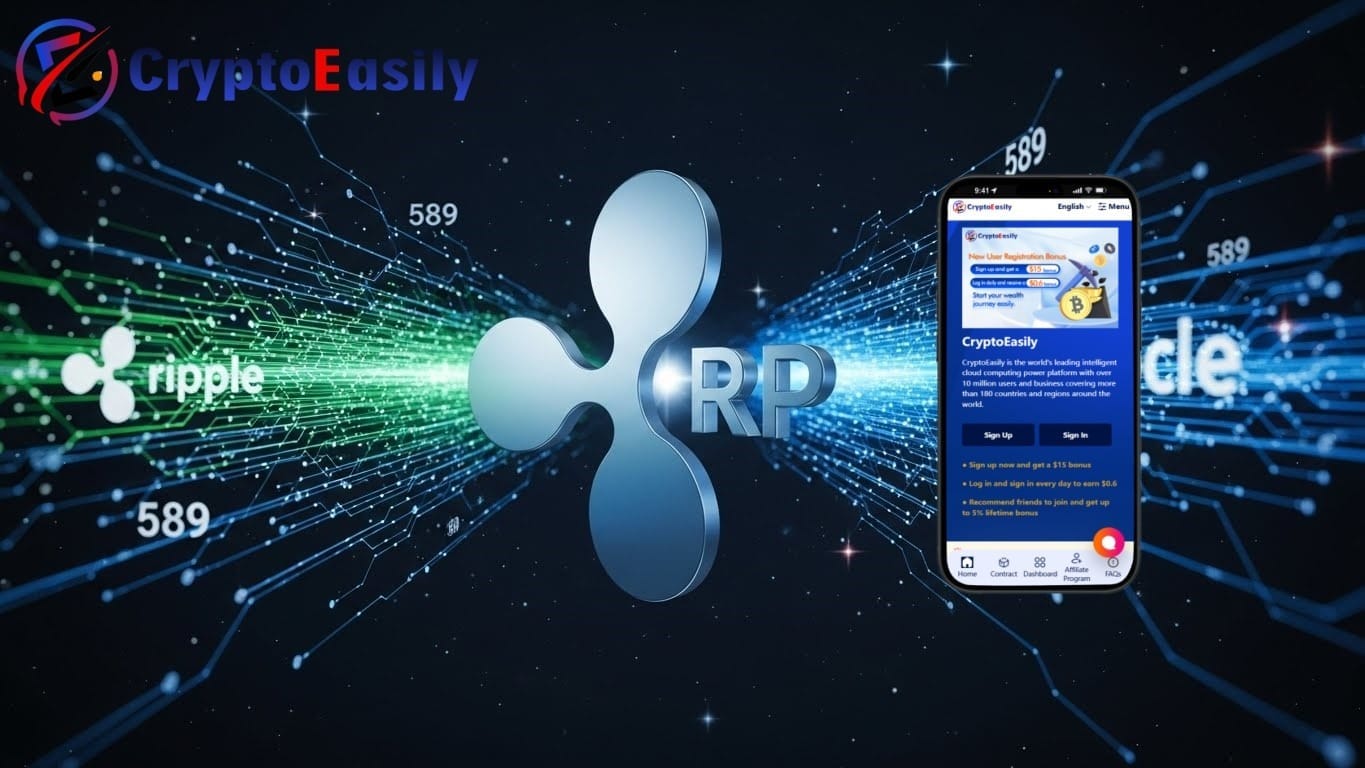Table of Contents
Introduction
In the rapidly evolving world of blockchain and cryptocurrencies, Decentralized Finance (DeFi) has emerged as a groundbreaking movement, redefining the contours of finance, investment, and asset management. At the heart of this transformative trend are Ethereum and Solana—two blockchain platforms that have not only fueled the ascent of DeFi but have also continually pushed the boundaries of what decentralized networks can achieve.
Ethereum often hailed as the pioneer, laid the foundation of the DeFi movement with its robust smart contract capabilities and an extensive, ever-growing ecosystem. Its influence on the DeFi space is undeniable, serving as the bedrock upon which a multitude of decentralized applications (DApps) are built and operated. On the other hand, Solana has emerged as a formidable contender, gaining prominence and acclaim for its high-throughput and low-latency blockchain, characteristics that address some of the most pressing challenges in the DeFi sector.
As the DeFi space burgeons, the comparative analysis of Ethereum and Solana becomes crucial. This analysis does not merely juxtapose two leading blockchain platforms but delves deep into their intricacies, uncovering how each contributes uniquely to the DeFi landscape. Through this article, we aim to dissect the technological underpinnings, analyze the burgeoning DeFi ecosystems, and compare the economic models of Ethereum and Solana, thereby providing a holistic view of their roles as the vanguards of the DeFi revolution.
In the subsequent sections, we will navigate through the technical frameworks, the vibrant DeFi ecosystems, the economic undercurrents, and the innovative strides shaping the future of Ethereum and Solana. As we embark on this comparative journey, it's crucial to understand that the essence of this analysis lies not in declaring a victor but in appreciating the distinctive contributions and diverse potentials that each platform brings to the ever-expanding universe of DeFi.

Understanding Ethereum and Solana
Before diving into the comparative analysis, it's essential to establish a foundational understanding of both Ethereum and Solana, highlighting their origins, core technologies, and unique propositions within the DeFi space.
Ethereum: The Trailblazer in DeFi
Overview and History:
Ethereum, conceptualized by Vitalik Buterin and launched in 2015, revolutionized the blockchain landscape by introducing smart contracts—self-executing contracts with terms directly written into code. This innovation expanded blockchain's utility beyond mere financial transactions, making Ethereum the go-to platform for decentralized applications (DApps).
Infrastructure and Ethereum 2.0:
Originally operating on a Proof of Work (PoW) consensus mechanism, Ethereum is in the process of a significant upgrade known as Ethereum 2.0. This upgrade aims to address scalability and energy efficiency issues by transitioning to a Proof of Stake (PoS) mechanism. Ethereum 2.0 introduces sharding, a process that splits the database horizontally to spread the load, significantly boosting transaction throughput and reducing latency.
Solana: High-Speed Innovator in Blockchain
Overview and Inception:
Solana, created by Anatoly Yakovenko, emerged in the blockchain arena with a promise to solve the scalability trilemma—achieving decentralization, security, and scalability without compromising on any front. Solana's introduction of the Proof of History (PoH) consensus alongside the underlying PoS consensus distinguishes it by offering unparalleled transaction speeds and efficiency.
Infrastructure and High-Throughput Capabilities:
Solana's claim to fame is its incredible throughput, capable of processing tens of thousands of transactions per second (TPS), a stark contrast to Ethereum's current capability. This performance is attributed to its unique consensus mechanism and an innovative architecture that optimizes transaction processing and record time.
Comparative Analysis of Ethereum and Solana
As we delve deeper into the comparative analysis of Ethereum and Solana, we will explore various dimensions including their consensus mechanisms, scalability solutions, and the overall impact on the DeFi ecosystem. Each platform brings its unique strengths and challenges to the table, shaping the future trajectory of the DeFi space.
In the next sections, we will dissect these aspects in detail, providing a comprehensive understanding of where Ethereum and Solana stand in the current landscape and what the future holds for each in the realm of decentralized finance.

Technical Comparison
A critical aspect of understanding the potential and limitations of Ethereum and Solana in the DeFi space lies in a side-by-side technical comparison. This section explores their consensus mechanisms, scalability, and smart contract functionalities.
Consensus Mechanisms: PoW, PoS, and PoH
Ethereum's Transition to Proof of Stake (PoS):
- Originally operating on a Proof of Work (PoW) model, Ethereum is transitioning to Proof of Stake (PoS) with its Ethereum 2.0 upgrade.
- The shift aims to enhance energy efficiency and scalability, reducing the environmental impact and improving transaction speed.
- PoS allows for a more democratic and energy-efficient validation process, where validators are chosen to create new blocks based on the number of coins they hold and are willing to 'stake' as collateral.
Solana's Proof of History (PoH) Integrated with PoS:
- Solana introduces a novel consensus mechanism, Proof of History (PoH), which works in tandem with PoS.
- PoH creates a historical record that proves that an event has occurred at a specific moment in time. This approach increases efficiency by streamlining the transaction validation process.
- This mechanism allows Solana to achieve remarkable processing speeds, significantly outpacing traditional blockchain models.
Scalability: Transaction Speed and Efficiency
Ethereum's Scalability Solutions:
- The current Ethereum network faces challenges with scalability, leading to high gas fees and slower transaction times during peak usage.
- The introduction of sharding with Ethereum 2.0 aims to distribute the computational and storage workload across multiple groups (shards), reducing congestion and increasing transaction capacity.
Solana's High Throughput Capabilities:
- Solana is renowned for its high throughput, capable of processing up to 65,000 transactions per second (TPS), which starkly contrasts Ethereum's current capacity.
- This high TPS is achieved through a combination of PoH and efficient network structuring, making Solana an attractive platform for high-frequency DeFi applications.
Smart Contract Capabilities: Solidity vs. Rust
Ethereum's Solidity:
- Ethereum's primary programming language for writing smart contracts is Solidity, designed to be accessible to those familiar with JavaScript.
- Solidity's widespread adoption has led to a robust development ecosystem, with extensive resources and community support for DeFi developers.
Solana's Rust-based Smart Contracts:
- Solana utilizes Rust for its smart contract development, known for its performance and safety, particularly in concurrent computing environments.
- Rust's growing popularity and performance advantages align well with Solana's high-throughput nature, though it may present a steeper learning curve compared to Solidity.
This technical comparison lays the groundwork for understanding how Ethereum and Solana operate at a fundamental level, their approaches to addressing common blockchain issues, and their suitability for various DeFi applications. The subsequent sections will further delve into the implications of these technical aspects on their respective DeFi ecosystems and economic models.

DeFi Ecosystem and Development
The vibrancy and robustness of a blockchain platform's DeFi ecosystem are pivotal in its success and adoption. This section explores the DeFi ecosystems of Ethereum and Solana, analyzing key projects, developer support, and the overall environment for building and operating DeFi applications.
Overview of the DeFi Ecosystem on Ethereum
Richness and Diversity of Projects:
- Ethereum, as the first mover in the DeFi space, boasts a mature ecosystem with a diverse array of projects encompassing lending, borrowing, trading, and more.
- Platforms like Uniswap, Aave, and Compound have set industry standards in their respective categories, showcasing the extensive capabilities of Ethereum's DeFi landscape.
Developer Support and Tooling:
- The maturity of Ethereum's ecosystem is reflected in its comprehensive developer support, including extensive documentation, development frameworks like Truffle and Hardhat, and a large, active community.
- The Ethereum ecosystem benefits from a network effect where the extensive range of tools and community knowledge base makes it an attractive platform for new and existing developers.
Overview of the DeFi Ecosystem on Solana
Emerging with High-Speed Innovations:
- Solana's DeFi ecosystem, though newer, has witnessed rapid growth, driven by its high throughput and low transaction costs.
- Projects like Serum, a decentralized exchange offering unmatched speed and low transaction costs, highlight Solana's potential to redefine the user experience in DeFi.
Building on Solana - Tools and Community:
- Solana's development environment is evolving, with tools like the Solana Program Library (SPL) and frameworks such as Anchor aiming to simplify the development process.
- The platform's focus on scalability and performance is attracting a growing community of developers interested in building high-performance DeFi applications.
Comparative Analysis of DeFi Project Performance
Impact on User Experience and Transaction Volume:
- Ethereum's high gas fees during peak times can deter users and affect transaction volume on DeFi applications, though Layer 2 solutions are mitigating these issues.
- Solana's low fee structure and high throughput make it an attractive platform for users and developers seeking efficiency and scalability, potentially driving higher transaction volumes and user engagement.
Innovation and Future Growth:
- Ethereum's transition to Ethereum 2.0 is anticipated to bring significant improvements in scalability and efficiency, potentially ushering in a new wave of innovation and growth in its DeFi ecosystem.
- Solana's continued focus on performance optimization and developer support is poised to further catalyze the growth and innovation of its DeFi projects.
The DeFi ecosystems of Ethereum and Solana each have their unique strengths and challenges. Ethereum's well-established platform offers a rich diversity of projects and strong developer support, while Solana's high-performance blockchain presents new opportunities for scalability and efficiency in DeFi. The dynamic and competitive nature of these ecosystems underscores the continual evolution and potential of the DeFi space.

Security and Decentralization
Security and decentralization are fundamental aspects that define the reliability and trustworthiness of blockchain platforms. This section delves into how Ethereum and Solana approach these critical facets, examining their security measures, incidents, and the degree of decentralization they achieve.
Security Measures and Past Incidents
Ethereum's Security Protocols:
- Ethereum's long-standing presence has made it a prime target for attacks; however, the platform has continually evolved to enhance security.
- Notable security incidents, including DAO attacks and various smart contract vulnerabilities, have led to increased security measures and community awareness.
- The transition to Ethereum 2.0 introduces new security protocols, further fortifying the network against potential threats.
Solana's Approach to Security:
- Despite being newer in the blockchain space, Solana has prioritized security, incorporating innovative features like Gulf Stream and Turbine to protect against spam and network congestion.
- However, Solana has faced its own challenges, including network outages and performance issues, underscoring the importance of ongoing security and stability enhancements.
Decentralization: A Core Principle
Ethereum's Decentralization Efforts:
- Ethereum is recognized for its high degree of decentralization, a feature that is expected to be strengthened with the shift to a PoS consensus mechanism in Ethereum 2.0.
- The extensive and diverse network of nodes ensures a distributed and robust infrastructure, minimizing the risks of centralized control and single points of failure.
Solana's Decentralization Dynamics:
- Solana's high throughput and efficiency have raised questions about the trade-offs between speed and decentralization.
- The network's structure, validator distribution, and consensus mechanism are designed to promote decentralization, but the platform continues to balance these elements with the need for high performance.
Balancing Security, Performance, and Decentralization
Striking a Balance - Challenges and Solutions:
- Both Ethereum and Solana face the intricate task of balancing security, scalability, and decentralization—key attributes that define the effectiveness and trustworthiness of a blockchain platform.
- Ongoing developments, protocol upgrades, and community-driven governance play pivotal roles in maintaining this balance and addressing emerging challenges in the landscape.
Community and Developer Involvement:
- The active participation of developers, validators, and the community at large is crucial in shaping the security and decentralization aspects of both platforms.
- Initiatives, discussions, and proposals within each ecosystem contribute to continuous improvement and adaptation, ensuring that the platforms not only meet current demands but are also prepared for future challenges.
In conclusion, while Ethereum and Solana each present distinct approaches and mechanisms to ensure security and decentralization, they also share common challenges inherent to blockchain technology. The continuous evolution of their security measures and the ongoing dialogue on achieving optimal decentralization reflects the dynamic and resilient nature of the DeFi space. As these platforms advance, the lessons learned and the strategies implemented will undoubtedly influence the broader landscape of decentralized finance and blockchain technology.

Economic Aspects
The economic models of blockchain platforms play a crucial role in their sustainability, incentivization structures, and overall attractiveness to users and investors. This section explores the economic aspects of Ethereum and Solana, focusing on transaction fees, staking rewards, and the implications for token economics and valuation.
Transaction Fees Comparison
Ethereum's Gas Fees:
- Ethereum's transaction fees, known as gas fees, fluctuate based on network congestion, leading to periods of high costs, particularly during peak DeFi activity.
- The introduction of EIP-1559 and the transition to Ethereum 2.0 are aimed at creating a more predictable and stable fee structure, potentially enhancing the economic appeal of the Ethereum network.
Solana's Low Transaction Costs:
- One of Solana's significant advantages is its low transaction fees, making it economically attractive for both users and developers, particularly for high-frequency and complex DeFi operations.
- The low fee structure is integral to Solana's economic model, promoting increased usage and adoption of the network.
Staking Rewards and Economic Incentives
Ethereum's PoS Transition and Staking Rewards:
- With Ethereum's shift to a PoS consensus mechanism, staking becomes a core component of the network's security and economic model.
- Validators who stake their ETH can earn rewards, incentivizing participation and investment in the network's stability and growth.
Solana's Staking Model:
- Solana also employs a PoS model, offering staking rewards to validators and token holders who contribute to the network's security and consensus.
- The economic incentives are designed to encourage long-term holding and active participation in the network's governance and validation processes.
Impact on Token Economics and Valuation
Ethereum's Tokenomics and ETH Valuation:
- Ethereum's token economics are influenced by factors such as network usage, demand for DeFi services, and the deflationary mechanisms introduced by EIP-1559.
- The shift to Ethereum 2.0 and the accompanying changes in staking and reward structures are expected to have significant implications for ETH's valuation and economic dynamics.
Solana's Economic Model and SOL Valuation:
- Solana's economic model emphasizes scalability and high throughput, with implications for SOL's valuation tied to network performance, adoption rates, and the success of its DeFi ecosystem.
- The balance between low transaction costs and validator incentives is key to maintaining the economic stability and growth potential of the SOL token.
In summary, the economic aspects of Ethereum and Solana are multifaceted and have a profound impact on their adoption, sustainability, and the behavior of participants within the ecosystem. The evolution of their economic models, driven by technological advancements and market dynamics, continues to shape the trajectory of these leading platforms in the DeFi space. As the sector matures, understanding and navigating the economic intricacies of Ethereum and Solana will be paramount for developers, investors, and users alike.

Challenges and Limitations
While Ethereum and Solana have significantly advanced the DeFi space, they also face their own set of challenges and limitations. Addressing these issues is crucial for their sustained growth and the broader adoption of DeFi technologies. This section examines the primary challenges faced by both platforms and explores how they are working to overcome these obstacles.
Ethereum's Challenges
Network Congestion and High Transaction Fees:
- One of the most persistent issues with Ethereum has been its network congestion, leading to high gas fees and delayed transaction times, particularly during periods of high demand in the DeFi space.
- Solutions like Layer 2 scaling and the transition to Ethereum 2.0 are in progress to address these concerns, aiming to improve throughput and reduce transaction costs.
Transition to Ethereum 2.0:
- The shift to Ethereum 2.0 is a complex and phased process, posing challenges in terms of network stability and user confidence during the transition.
- Ensuring a smooth transition while maintaining network security and performance is a significant challenge for the Ethereum community and developers.
Solana's Challenges
Network Stability and Performance Issues:
- Despite its high throughput, Solana has faced instances of network instability and performance bottlenecks, highlighting the need for ongoing optimizations and robust infrastructure development.
- Ensuring consistent performance and reliability as the network scales and user base grows is a critical challenge for Solana.
Balancing Speed, Security, and Decentralization:
- Solana's architectural decisions to achieve high speed and throughput bring challenges in maintaining a balanced approach to security and decentralization.
- Finding the optimal balance to ensure a secure, decentralized, and performant network is an ongoing challenge and a focus area for Solana's development roadmap.
Overcoming Challenges - The Path Forward
Evolving Technology and Protocols:
- Both Ethereum and Solana are continuously evolving, with upgrades and protocol enhancements aimed at addressing the respective challenges they face.
- Innovations in network design, consensus mechanisms, and scalability solutions are crucial in overcoming these challenges and ensuring the platforms' long-term viability.
Community and Developer Engagement:
- The active involvement of the community, developers, and stakeholders plays a vital role in navigating the challenges faced by Ethereum and Solana.
- Open discussions, proposals, and collaborative problem-solving within each ecosystem contribute to resilience and adaptability in the face of challenges.
In conclusion, while Ethereum and Solana have propelled the DeFi space to new heights, they are not without their challenges and limitations. The way these platforms address network issues, balance critical trade-offs, and evolve with the changing landscape will significantly influence their future trajectory and the broader adoption of DeFi technologies. The ongoing commitment to innovation, community engagement, and transparent governance will be key to overcoming these challenges and shaping the future of decentralized finance.

Future Outlook and Developments
The blockchain and DeFi sectors are inherently dynamic, with continuous evolution driven by technological advancements, market shifts, and community involvement. Both Ethereum and Solana are at critical junctures, with significant developments on the horizon that will shape their trajectories and the broader landscape of decentralized finance.
This section explores the future outlook for Ethereum and Solana, highlighting upcoming upgrades, potential market trends, and the evolving role of these platforms in the DeFi ecosystem.
Ethereum's Roadmap and Future Developments
Ethereum 2.0 and Beyond:
- The completion of Ethereum 2.0 is highly anticipated, with the promise of enhanced scalability, security, and sustainability through the introduction of sharding and the full transition to Proof of Stake.
- Post-Ethereum 2.0, the focus is expected to shift towards further optimization, increased interoperability with other blockchains, and the exploration of new use cases in DeFi and beyond.
Growing the DeFi Ecosystem:
- Ethereum aims to solidify its position as the leading platform for DeFi by fostering a rich ecosystem of DApps, financial instruments, and services.
- Continued innovation in Layer 2 solutions, DApp development, and cross-chain integration will be crucial for maintaining Ethereum's dominance in the DeFi space.
Solana's Growth Trajectory and Roadmap
Enhancing Network Stability and Performance:
- Solana's primary focus is on enhancing the network's stability and performance to uphold its reputation for high-speed transactions and scalability.
- Ongoing optimizations, infrastructure improvements, and community-driven initiatives are expected to address current challenges and bolster Solana's position in the blockchain space.
Expanding the DeFi and DApp Ecosystem:
- Solana aims to capitalize on its performance advantages by attracting a wider array of developers and projects, particularly those requiring high throughput and low latency.
- Strengthening developer tools, fostering partnerships, and facilitating a seamless development experience will be key to growing Solana's ecosystem and market presence.
The Evolving Landscape of DeFi and Blockchain
Innovation and Competition:
- The DeFi space is set to witness heightened innovation and competition, with Ethereum and Solana leading the charge but also facing competition from emerging and existing platforms.
- The continuous introduction of new financial instruments, services, and governance models will drive the evolution of DeFi, offering more sophisticated and diverse opportunities for users and investors.
Regulatory Developments and Market Adoption:
- The regulatory landscape for cryptocurrencies and DeFi is evolving, with potential implications for platform operations, user adoption, and market dynamics.
- Navigating regulatory challenges and fostering a favorable environment for widespread adoption will be crucial for the long-term success and stability of the DeFi sector.
In conclusion, the future of Ethereum and Solana is intricately tied to their ability to innovate, adapt, and navigate the complex and ever-changing landscape of blockchain and decentralized finance. As both platforms continue to evolve, their upcoming developments, community engagement, and response to market and regulatory dynamics will play pivotal roles in shaping the future of DeFi and the broader potential of blockchain technology.
Conclusion
As we reach the end of this comparative journey between Ethereum and Solana, it's evident that both platforms have indelibly shaped the landscape of decentralized finance (DeFi). Through their unique strengths, innovative technologies, and vibrant ecosystems, they have not only fueled the growth of DeFi but also set the stage for its future evolution.
Ethereum's Enduring Legacy and Promising Horizon:
Ethereum, as the pioneer in the DeFi space, has established a robust foundation that has become synonymous with decentralized applications and smart contracts. Its transition to Ethereum 2.0 is poised to address critical issues of scalability and efficiency, promising to reinforce its position as the leading platform for DeFi innovation. The richness of its ecosystem, combined with a strong focus on security and decentralization, ensures that Ethereum will continue to be a central figure in the narrative of decentralized finance.
Solana's High-Speed Innovation and Expanding Frontier:
Solana, with its high-throughput and efficient consensus mechanism, has emerged as a formidable force in the DeFi landscape. Its ability to offer fast, low-cost transactions presents a compelling alternative and complements the existing DeFi infrastructure. As Solana continues to enhance its network stability and developer ecosystem, it is well-positioned to drive the next wave of innovation and adoption in the DeFi space.
The Future of DeFi - A Tapestry of Collaboration and Innovation:
The journey of Ethereum and Solana is a testament to the dynamic and collaborative nature of the blockchain community. As these platforms evolve and address their respective challenges, the future of DeFi appears not as a zero-sum game but as a tapestry woven from diverse technological threads, each contributing to a stronger, more resilient, and more inclusive financial ecosystem.
In closing, the comparative analysis of Ethereum and Solana illuminates the path forward for DeFi—a path characterized by continuous innovation, community engagement, and an unwavering commitment to redefining the boundaries of finance. As we stand on the brink of this new era, the collective efforts of developers, users, and visionaries in Ethereum, Solana, and beyond will undoubtedly shape the exciting future that lies ahead for decentralized finance.
The journey of DeFi is far from over, and the chapters yet unwritten promise to be as transformative as those that have come before. The continuous evolution, the challenges to be overcome, and the victories to be celebrated in the realms of Ethereum, Solana, and the broader DeFi space are what will propel this revolutionary movement into the future.

